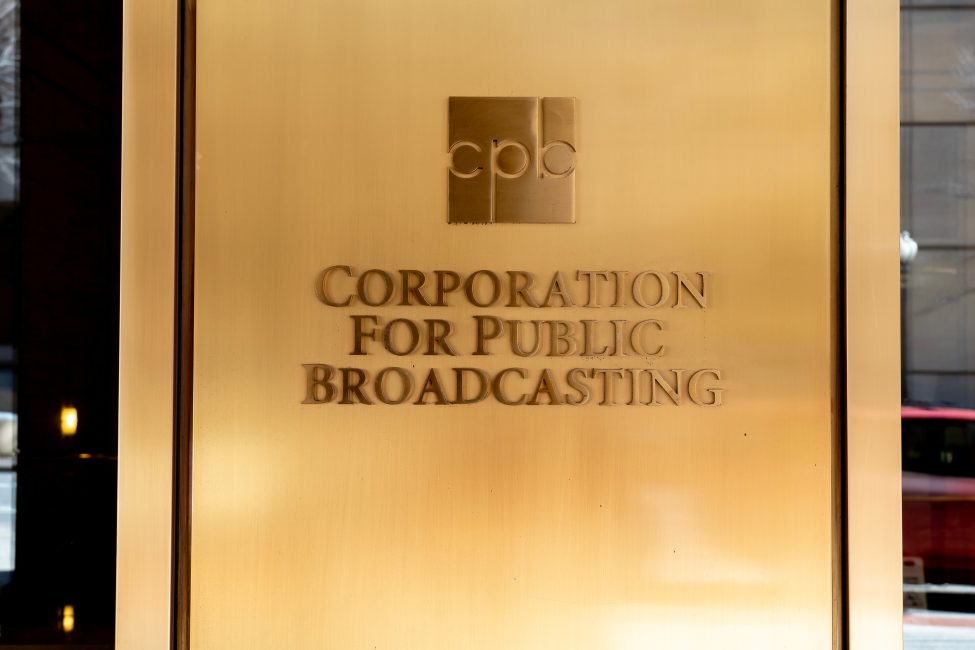For nearly 60 years, the Corporation for Public Broadcasting (CPB) has been the backbone of America’s public media system. With Congress rescinding its funding, CPB began winding down its operations on October 1, 2025, the start of the new fiscal year. CPB’s close out represents not only an institutional loss but also a direct threat to local stations, public safety, and early educational outreach in communities across the country. The effects are already becoming clear: two stations have announced closures, and almost every station is being forced to make tough cuts to local programs and services.
What CPB Does
For the first time, local public media stations did not receive their annual appropriation from CPB on October 1. CPB’s central role is distributing federal funding. More than 70% of its appropriation goes directly to over 1,500 public radio and television stations to support local operations and the creation of local programming and services. This investment is critical to all stations but has an outsized impact on rural and Tribal stations, representing 30 – 99% of their budgets. These stations face higher infrastructure costs to reach remove areas and have limited local donor prospects, often serving as the only local media source for communities with unreliable broadband.
But CPB does much more than distribute funds. It also administers key federal grant programs and oversees system-wide investments that no single station could manage alone.
The Ripple Effect of CPB’s Closure
With CPB defunded, almost every public television and radio station is being forced to make hard decisions: mass layoffs, significant local programming reductions, and service cutbacks. Some question how much longer they can stay on the air, with two closures announced and more likely in the coming months.
And with no entity left to administer federal grant programs, the wind down of CPB disrupts critical funding streams and puts local station services directly at risk, adding even more uncertainty and loss for the communities that depend on them.
Next Generation Warning System (NGWS): This Federal Emergency Management Agency (FEMA) modernization program, which has been administered by CPB, ensures stations can deliver life-saving emergency alerts. NGWS grants were frozen twice this year, and now, with CPB winding now, the future of this program is in jeopardy. Rural, small, and Tribal stations may never be reimbursed for equipment already purchased, and future grantees may never receive promised funds. Without these investments, the nationwide emergency backbone that allows public media to reach nearly 99% of Americans with alerts and warnings across radio, TV, and mobile devices is at risk.
Ready To Learn: The Department of Education’s Ready To Learn grant invests in public media’s signature, research-backed educational programming, resources, and community outreach that help children ages 2–8 build critical early learning skills through a grant to CPB. For decades, parents and caregivers have depended on this work to prepare their children for school. But the 2020–2025 grant was terminated on May 6, abruptly halting the efforts of 44 public media stations nationwide. With no administrator in place, the future of this essential program—and the trusted educational support families have long relied on—is uncertain.
Other national programs: From music rights clearance and system-wide research to Interconnection and accountability, every federal initiative CPB managed on behalf of the entire public media system is in jeopardy without an entity to oversee them.
Without CPB, the foundation of public media fractures. Stations lose not only their direct federal support but also the shared resources, national oversight, and coordinated grant programs that have kept their services strong and resilient for decades.
A Thank You To CPB
Most CPB staff left their positions on September 30, and a small transition team will remain through the beginning of 2026. We thank the entire CPB staff for their leadership, stewardship and support of local public media stations. For nearly six decades, CPB built and sustained a system that reaches nearly every American with free educational opportunities, local journalism and storytelling, and life-saving emergency alerts. Its legacy is profound, and its absence will be deeply felt.
Stay Engaged
The wind down of CPB marks the most significant crisis public media has ever faced. While Congress will not decide final FY 2026 funding levels until later this year, grassroots engagement in the weeks ahead will shape whether stations survive long-term. Your voice remains essential. Stay engaged, stay informed, and continue standing with your local stations—because without federal support, every community loses.

Follow Us